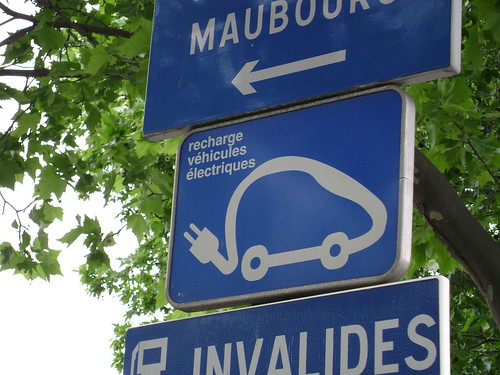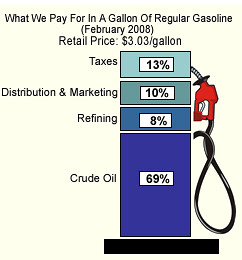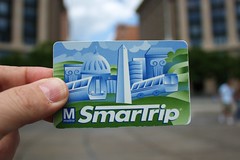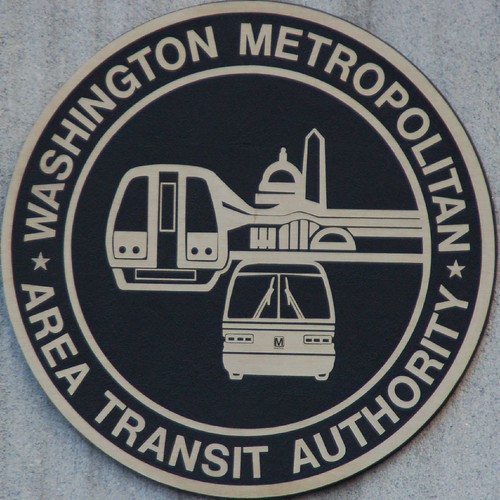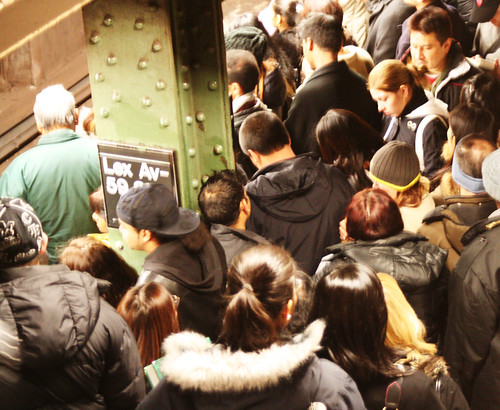2010 Vancouver Winter Olympics organizers unveil $157 million transportation plans
(Source: National Post, Canada; Photo: bensonkua@ Flickr)
Organizers for the 2010 Vancouver Winter Olympics have unveiled their $157-million transportation plan for the event.
Parking bans on 650 blocks of Vancouver streets, street closures and a checkpoint on the Sea-to-Sky Highway are all part of the $157-million Vancouver 2010 transportation plan.
That’s the bad news.
On the good-news side: People will have access to their homes and businesses despite venue security zones and there’ll be no Olympic-only lanes clogging the Lions Gate Bridge or the Ironworkers Memorial Second Narrows Bridge.
As well, construction and filming will be banned on downtown streets and transit buses will be allowed to travel in the “Olympic-traffic-only” lanes.
Vancouver 2010 unveiled its plans to ease traffic gridlock during the Winter Olympics.
But officials warn that unless people change their driving habits, roads will be over capacity for most of the working day.
Click here to read the entire article.





